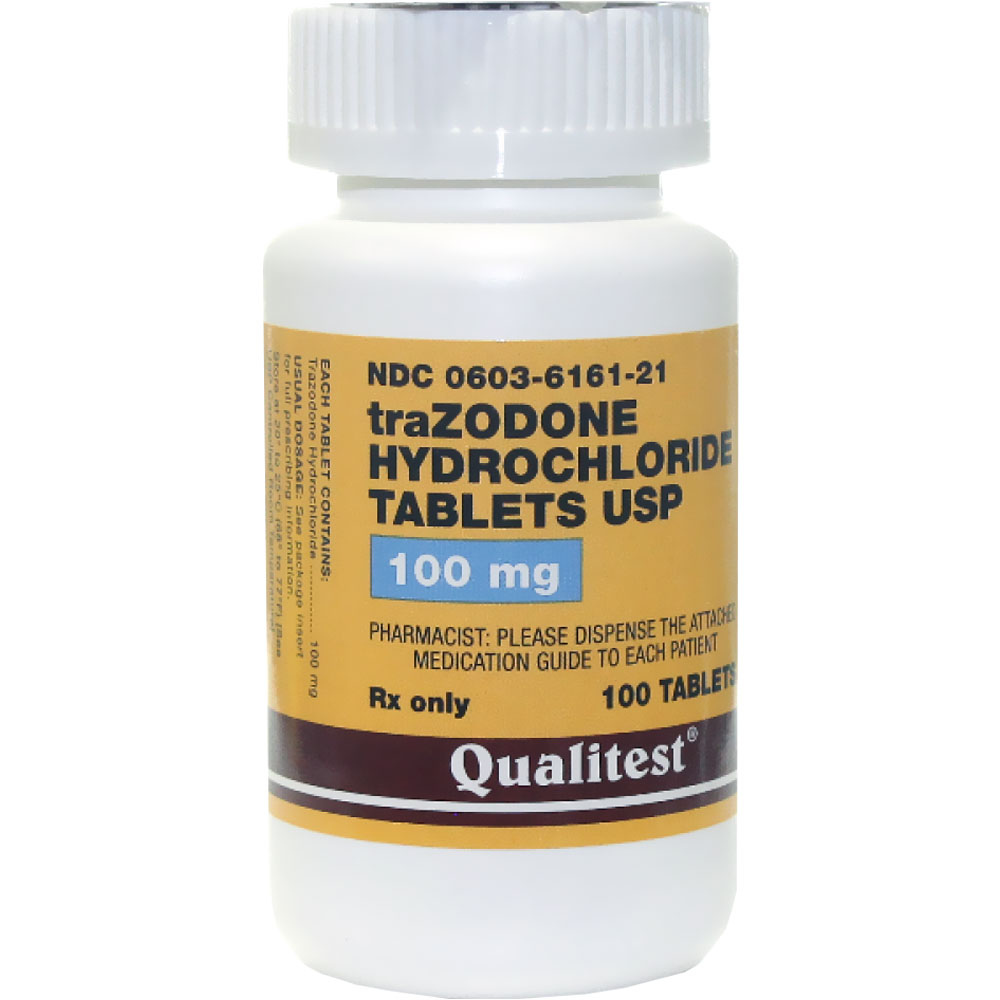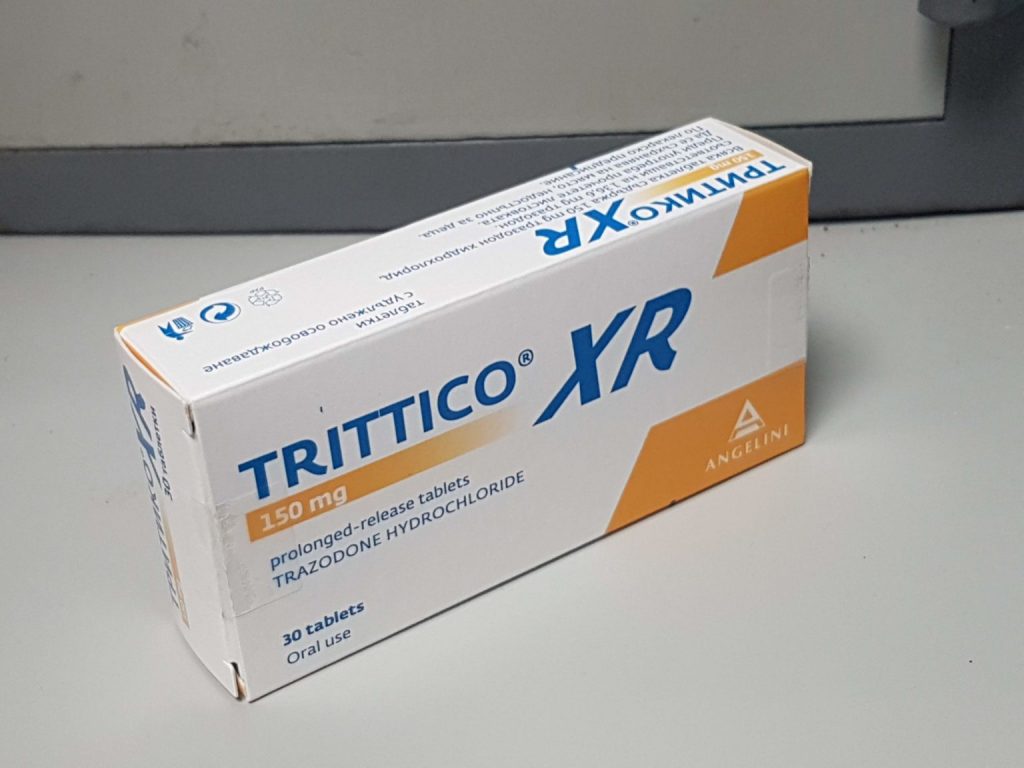In order to compare the characteristics of trazodone (in the dose range of 150-450 mg) and second-generation AD, several direct comparative studies were carried out with the participation of people with MDD. An analysis of trials comparing different second-generation BPs demonstrated that the response to therapy was comparable between trazodone and other second-generation BPs, including SSRIs, SNRIs, and bupropion (Gartlehner et al., 2008). A small comparative study (n = 27) to assess the antidepressant efficacy and safety of trazodone and fluoxetine in depressed elderly patients showed improvements in HDRS scores after 6 weeks of therapy (Falk et al., 1989). Significant improvement in HDRS compared to baseline was also noted for trazodone TNV (in the dose range of 50-400 mg / day) and fluoxetine (in the dose range of 20-40 mg / day) in a large-scale, randomized, double-blind study (n = 126 ), which included outpatients with MDD. These improvements in clinical efficacy were similar in the two treatment groups, but the HDRS sleep impairment score improved significantly, more so in trazodone-treated patients than fluoxetine-treated patients (-2.7 versus 1.6; p = 0.001) (Beasley Jr., Dornseif et al., 1991). Recently, two similar European multicenter, double-blind, randomized trials were conducted that compared the release form of trazodone TCB, paroxetine and sertraline in patients with MDD (Kasper et al., 2005; Munizza et al., 2006). Efficacy was assessed by measuring changes in HDRS scores, Montgomery-Asberg Depression Scale (MADRS) and Clinical Global Impression Severity Scale (CGI-S) from baseline 6 weeks after initiation of therapy. The results of these two studies showed that trazodone TCB was as effective in reducing symptoms of depression and promoting remission as paroxetine and sertraline.

Trazodone may also have benefits for patients with MDD who have sleep disturbance, or if the latter is the dominant symptom (Kasper et al., 2005; Munizza et al., 2006). A comparative analysis of the efficacy of venlafaxine and trazodone TNV was performed in a double-blind, randomized, placebo-controlled study in 225 patients with MDD (Cunningham et al., 1994). In general, both trazodone (with a dose range of 150-400 mg / day after the titration step) and venlafaxine (with a dose range of 75-200 mg / day) were significantly more effective than placebo, in accordance with changes in the HDRS score. However, greater improvement in sleep related to HDRS scores was seen with trazodone than with venlafaxine, while greater improvements in cognitive impairment and retardation factors were observed with venlafaxine (Cunningham et al., 1994). In contrast to these results, a double-blind, randomized trial in patients with moderate to severe MDD showed that the more pronounced improvement in HDRS scores after 6 weeks of treatment initiation was associated with SNRI mirtazapine rather than trazodone.

A comparative analysis of trazodone with the selective norepinephrine and dopamine reuptake inhibitor bupropion was performed in a double-blind, randomized trial that included outpatients with moderate to severe MDD (van Moffaert et al., 1995). At 6 weeks after initiation of therapy, the overall efficacy, assessed in terms of HDRS and CGI-S points, was similar in both groups of patients, both in patients taking uncontrolled release trazodone and in patients receiving bupropion. However, the improvement in HDRS and CGI-S scores on day 7 was significantly higher in the trazodone group than in the bupropion group, which is associated with the positive effects of trazodone on sleep. By the end of treatment, both groups showed significant signs of improvement: trazodone – 46%, bupropion – 58% (Weisler et al., 1994).